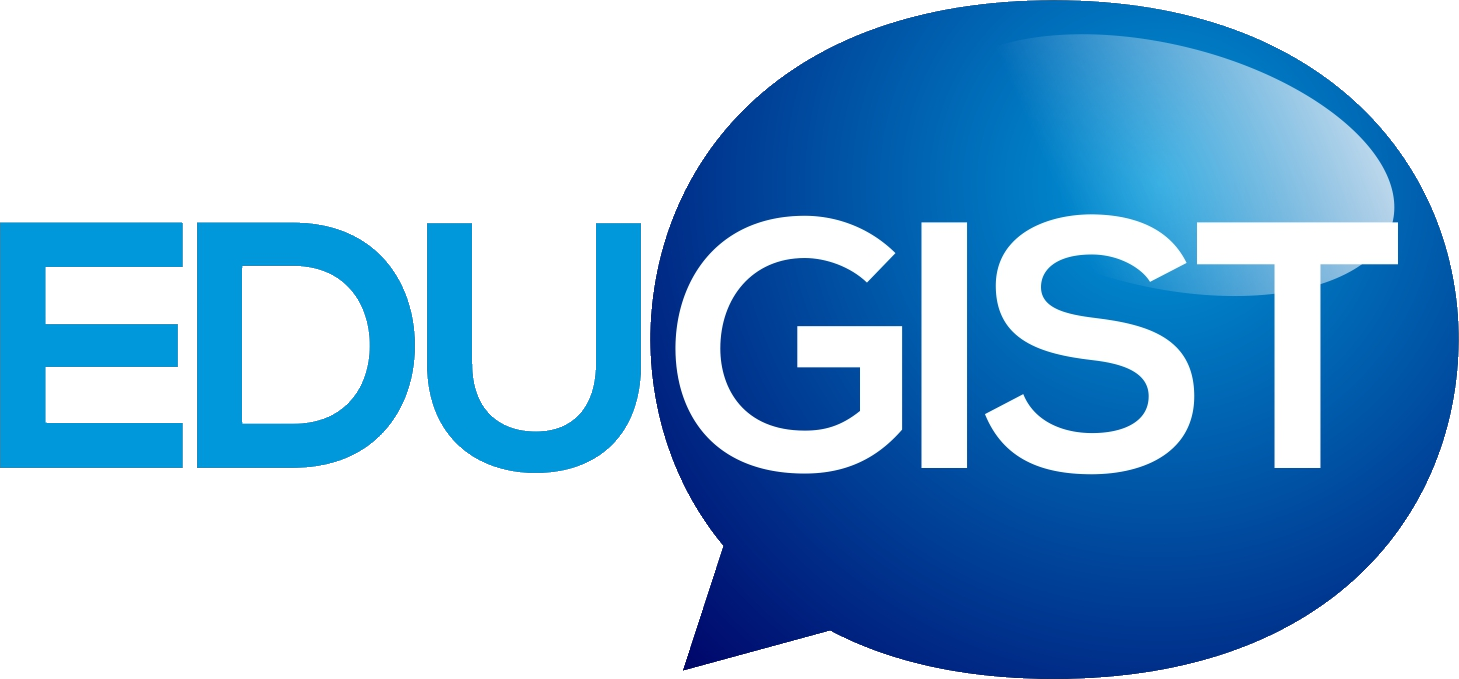Children who develop an early reading ability enjoy multiple benefits which are a key to their academic and career futures. The neurological, educational, psychological, social, and linguistic advantages of reading early are perhaps the ones that make the difference between a successful and unsuccessful adult.
It’s a sad truth that millions of American children are currently experiencing difficulties reading even at 12th grade. In 2013, results of the National Assessment of Education Progress (NAEP) reading test showed that 65% of American fourth graders could not read fourth grade level literature. The report also showed that 64% of U.S eighth graders were reading below grade level. In 2015, the literacy situation across the country was even worse. The NAEP reading test results for that year indicated no significant difference in the reading abilities of fourth graders. In addition, the average score for eight graders was down 2 points compared to 2013.
Many parents are worried about the current situation and are out seeking knowledge on how to teach a child to read. Any lower grade teacher knows how frequent parents ask questions like: How do I know my child is ready to start reading? What should I teach my child first? What are best books to use to teach a kid to read? These are the questions this article answers in an effort to address the issue of how to teach a child to read.
To begin with, how do you know that your child is ready to read?
4 Signs of a Child’s Readiness to Read
- Is the child showing interest in reading?
Interest in reading is the number one sign your child will show when he’s ready. If you are already reading with him and buying him toys featuring alphabet and counting concepts, it’ll be easy to for you to see the ‘I’m ready now’ sign from him.
Some children need a little motivation to start reading. Here are some tested and proven ways of motivating a child to read:
- Identify the topics your child enjoys the most during story time and gather books on such topics.
- Allow the child to read on the phone or tablet if they are used to spending considerable time on it. Kids love technology and that love can be used to help the child develop love for reading.
- Reading the TV captions: The child can watch their cartoons without sound so that they can follow and learn the captions.
- Read books that crack your kid up however silly the content sounds. Joke books or those with pretty silly humor could work no matter the child’s gender, age, or interest.
- In your reading sessions, start reading the book (to hook them on the story) and let them finish.
- Can your child remember and retell simple stories?
If a child can remember a story after you’ve read it to him, it means they have developed capability to comprehend and this skill is critical for reading. You know they are ready to read if they can answer simple questions about the story or even re-read the story themselves.
- Book and print awareness
If a child knows how to hold a book correctly where is the front and back of the book, he has already developed book awareness. Most kids pick up book awareness naturally as you read with them.
Print awareness includes the understanding that readers look at letters, think about the sounds the letters make, put together these sounds and sound out words. It’s all about grasping this concept even though they might not yet be capable of actually sounding out the word.
- Phonological awareness (playing with words)
Is the child able to hear the sounds in words? For instance, can they identify rhyming words or the first sound of a word? To know whether your child has developed phonological awareness, try to teach them how to break up and put together words and see how they fair. Rhyming games can also help to improve this reading skill.
Your child is now ready to read. So, what should you teach them first?
Teaching a child how to recognize sounds and letters
For most teachers, the first step of teaching a child how to read is talking to them about letter sounds. Her name (provided it’s not Schwarzenegger or McConaughey), and a nice ABC book are the very first things to use to teach sounds. You could start with the first letter of her name then let her dictate the pace of sounding the other letters.
Remember to pronounce letters phonetically. Phonetics has been proven to be very effective in teaching a child how to read. In addition, this is the way they are going to learn to read at school. A is pronounced as “a” and not “ay”, B as “buh” not “bee”, and so on. You can download a Phonics tool to listen to the sounds before teaching the child how to sound them.
Best Books for Teaching A Child How To Read
Books with interactive appearance and feel are the best for teaching a toddler to read. Use books that make sounds or have music, flaps, mirrors, fur or another element of interaction.
The content needs to focus on reading basics such as alphabets, counting, shapes, and rhymes. There are many books, DVDs, and CDs that can introduce these fundamental concepts to your child.
Useful Tips on How to Teach A Child To Read
- Learning to love books and learning to read books are two things. If the first is well sorted out, the second follows quite easily.
- Reading with your child provides him with a great head start in their reading and learning journey.
- Once your child starts getting interested in words and letters help them perfect their pre-reading skills by playing fun word games and reading rhyming books.
- Always ensure that there are books at the closest reach and that the books have interesting content so that the child loves them.
- Readiness to start reading varies greatly among children; so be patient because your child will surely get there at his own time.
Knowing how to teach a child to read involves identifying the child’s unique reading needs. Any support – whether visual or auditory, elements that can fuel the child’s reading endeavors – should be included in the reading arsenal. The more ways a child has to discover and interact with the world, the faster he’ll develop his reading and learning capability.
About Author:
Waseem Dar is a prolific writer and blogger who writes on numerous topics and reviews various programs products and life improvement programs that can help people change and improve their lives.









Yes its very nice that your child knows how to read starting at very young age. It is also an edge to a child before he or she attends school. One of the best recommendations is look for a program or book significant for your child to read fluently. You can check this out for more details [Link deleted]
Very helpful tips, thanks!